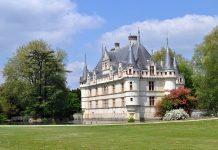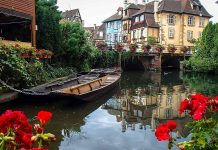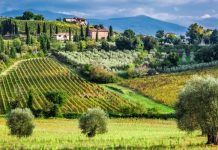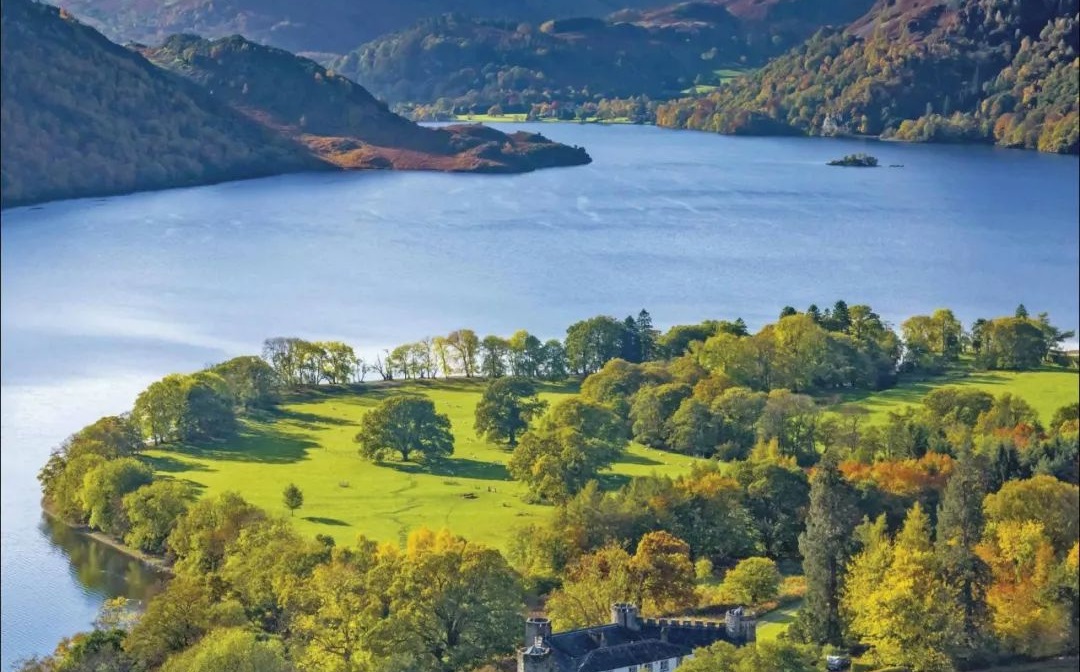
Liverpool & Manchester: The Pulse of Northern England – Beatlemania, Industrial Heritage & Football Passion
Forget the gentle rolling hills of the South; Northern England thrums with a different energy, a raw, vibrant pulse best felt in its two titan cities: Liverpool and Manchester. Separated by a mere 35 miles yet each radiating a fiercely distinct identity, they are the undisputed cultural, historical, and sporting powerhouses of the region. To explore them is to dive headfirst into the forces that shaped modern Britain: the thunderous roar of industry, the global echo of musical genius, and the tribal passion of football.
Liverpool: Where the Mersey Beats and Legends Walk
Your journey begins where the River Mersey meets the Irish Sea. Liverpool’s story is intrinsically linked to the water. The UNESCO-listed Liverpool Maritime Mercantile City (specifically the iconic Pier Head with its Three Graces: the Royal Liver Building, Cunard Building, and Port of Liverpool Building) stands as a breathtaking monument to its past as the “Second Port of the Empire.” These colossal edifices whisper tales of immense wealth built on trade, migration (millions embarked for the New World from here, including ancestors of a future American President), and, inevitably, the darker chapters of history.
But Liverpool’s pulse truly quickens with music. This is the undisputed birthplace of Beatlemania. To walk through Liverpool is to walk in the footsteps of John, Paul, George, and Ringo:
- The Beatles Story: Immerse yourself in the definitive, award-winning museum at Albert Dock. Feel the Cavern’s energy recreated, see original instruments, and trace their journey from skiffle band to global icons.
- Mathew Street & The Cavern Club: Stand where it all began. The reconstructed Cavern Club (on the original site) pulses nightly with live music – step inside and absorb the history in the bricks. Explore the surrounding streets lined with Beatles memorabilia shops and bars.
- Penny Lane & Strawberry Field: Take the Magical Mystery Tour bus! See the barber, the bank, and the shelter in the middle of the roundabout immortalized in song. Visit the tranquil Strawberry Field gardens (now a visitor centre and training hub), the childhood playground that inspired Lennon’s psychedelic masterpiece.
- Childhood Homes: For the ultimate pilgrimage, visit the meticulously preserved National Trust properties of 20 Forthlin Road (McCartney’s home, where countless songs were written) and Mendips (Lennon’s childhood home).
Beyond the Fab Four, Liverpool offers the stunning neoclassical St. George’s Hall, the vibrant cultural hub of the Baltic Triangle, world-class collections at the Walker Art Gallery and Tate Liverpool, and the poignant International Slavery Museum – a vital reminder of a complex past. Don’t miss the regenerated Albert Dock, a buzzing complex of museums, restaurants, and bars housed in magnificent warehouses.
Manchester: Cottonopolis Transformed, Where Innovation Never Sleeps
Travel inland, and the atmosphere shifts. Manchester, “Cottonopolis,” was the undisputed engine room of the Industrial Revolution. Its legacy is woven into the very fabric of the city:
- Science and Industry Museum (MSI): Housed in the world’s oldest surviving passenger railway station and surrounding buildings, this is the place to grasp Manchester’s monumental impact. Marvel at working steam engines, explore vast textile machinery halls, and delve into the computing revolution (birthplace of the first stored-program computer!).
- Castlefield Urban Heritage Park: Wander amongst the remarkably preserved Roman fort foundations, the world’s first industrial canal system, and towering Victorian railway viaducts. It’s a unique open-air museum of industrial archaeology.
- Northern Quarter: Once gritty warehouses, now Manchester’s bohemian soul. Explore independent boutiques, quirky cafes, vibrant street art, and legendary record shops. It buzzes with creative energy.
- Architectural Grandeur: Admire the neo-Gothic masterpiece of Manchester Town Hall, the imposing John Rylands Library (a breathtaking example of Victorian Gothic), and the modern giants like Beetham Tower.
Manchester’s industrial might fostered not just wealth but radical ideas – it was a hotbed for the Suffragette movement (visit the Pankhurst Centre) and political thought. This spirit of innovation continues unabated in its globally renowned universities, cutting-edge digital industries, and world-leading cultural institutions like the Whitworth Art Gallery and HOME.
The Beautiful Game: A Religion Divided by 35 Miles
To understand the soul of these cities, you must understand football. It’s not just a sport; it’s woven into the cultural DNA, a source of immense pride, fierce rivalry, and sometimes painful devotion.
- Liverpool FC (Anfield): Feel the spine-tingling power of “You’ll Never Walk Alone” reverberate around the iconic Kop stand at Anfield. Visit the Liverpool FC Story Museum to immerse yourself in the glory of Shankly, Paisley, Dalglish, and the club’s six European Cups. The passion is tangible, bordering on religious fervor.
- Everton FC (Goodison Park): Just across Stanley Park lies the historic Goodison Park, home to Liverpool’s “other” club, Everton. The “Toffees” boast their own rich history and fiercely loyal fanbase, adding another layer to the city’s football tapestry.
- Manchester United FC (Old Trafford): Journey to the “Theatre of Dreams,” Old Trafford, one of the world’s most famous stadiums. The Manchester United Museum & Stadium Tour is a pilgrimage for fans globally, chronicling the triumphs under Busby and Ferguson, and legends like Best, Charlton, and Cantona.
- Manchester City FC (Etihad Stadium): Witness the modern powerhouse at the state-of-the-art Etihad Stadium. The Manchester City Stadium Tour showcases the club’s remarkable recent success and ambitious future. The rivalry with United is legendary, defining the city’s sporting landscape.
The North West Derby (Liverpool vs. Manchester United) is one of football’s most intense rivalries, reflecting historical economic competition and deep-seated civic pride. The atmosphere in the city on matchday is electric, palpable in every pub and street.
The Pulse Beats On: A Modern Northern Powerhouse
While deeply rooted in their remarkable pasts, both cities are vibrantly modern. Liverpool’s regeneration continues apace, with stunning contemporary architecture complementing the historic. Manchester buzzes with a dynamic digital, media, and creative scene, its nightlife legendary, and its music scene continues to produce global stars.
Experiencing the Pulse:
- Connect: Easily accessible by train (around 30-40 minutes between Lime Street and Piccadilly/Victoria stations), plane (Manchester Airport is a major international hub; Liverpool John Lennon Airport serves many European routes), or motorway (M62).
- Stay: Both offer everything from luxury hotels to boutique gems and budget-friendly hostels. Stay centrally (Liverpool Waterfront/City Centre; Manchester City Centre/Northern Quarter) for maximum immersion.
- Eat & Drink: From traditional Scouse stew and Everton mints in Liverpool to Mancunian black pudding and Eccles cakes in Manchester, local flavors abound. Both cities boast thriving culinary scenes and countless pubs brimming with character (and football banter!).
Conclusion:
Liverpool and Manchester are more than just cities; they are living, breathing entities powered by an indomitable spirit. They offer a thrilling journey through the crucible of the Industrial Revolution, the euphoria of musical revolution sparked by four local lads, and the raw, tribal passion of football that unites and divides with equal intensity. To stand on the Pier Head, explore the mills of Castlefield, sing along at the Cavern, marvel at MSI, feel the roar of Anfield or Old Trafford – this is to feel the true, unvarnished, exhilarating pulse of Northern England. Come and let it quicken your own heartbeat.





















